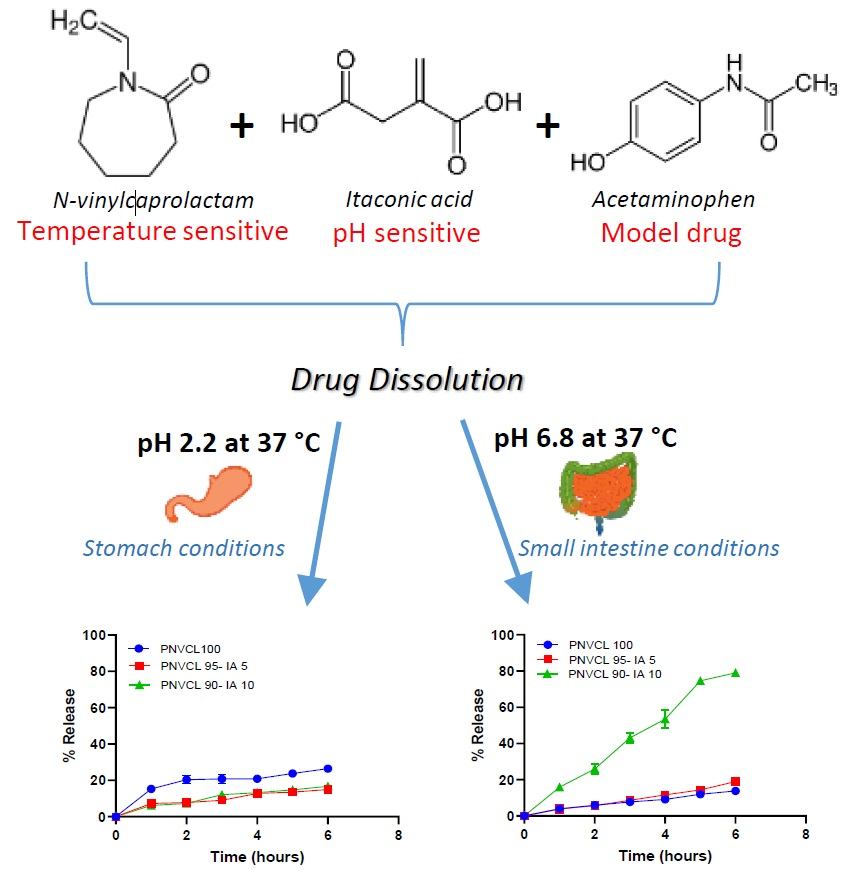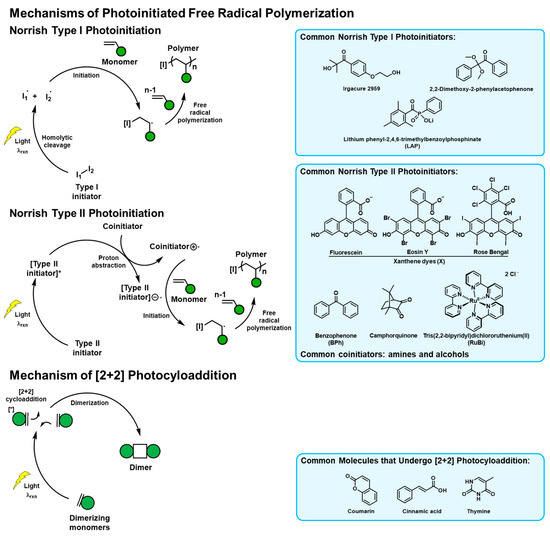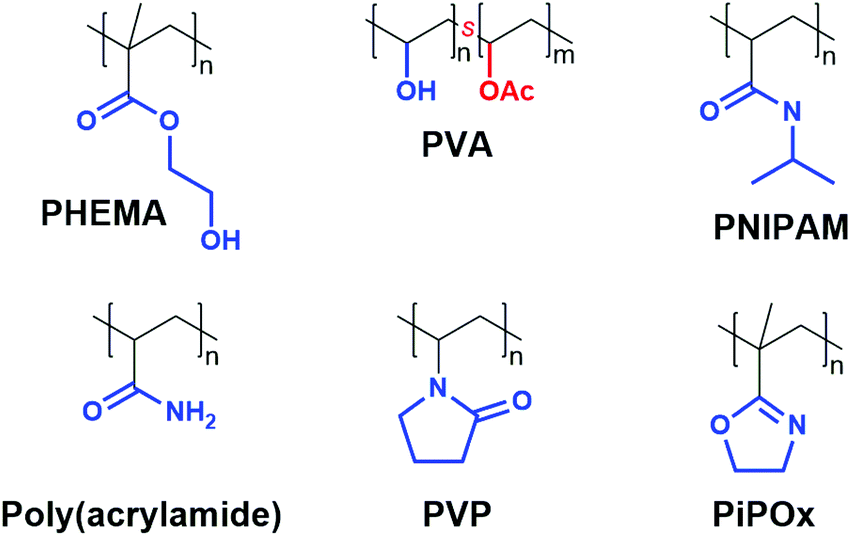Poly n vinylcaprolactam pnvcl is a temperature responsive polymer only second to poly n isopropylacrylamide the most popular temperature responsive polymer its applications include its use in cosmetics as an anticlogging agent in pipelines and increasingly in biomedical applications.
Poly vinyl caprolactam polymerization using igracure.
Caprolactam the generality reported the most commonly studied ther moresponsive polymer in aqueous solution is poly n vinyl caprolactam pnvcl due to being close to the temper ature after of pnipam.
Polymer was characterized by ftir 1 h nmr and 13 c nmr dsc tga and xrd techniques.
Pnvcl fits the group of poly n vinylamide polymers as it is water soluble a non ionic andwhenatalmost32 c has the lcst value in an aque.
In this study n vinylcaprolactam was polymerized by free radical polymerization at 50 60 and 70 c.
Chemistry of caprolactam polymerization.
In this work surface initiate raft polymerization of pnvcl is investigated.
Synthesis characterization and properties international journal of polymer analysis and characterization 10 1080 1023666x 2011 622103 16 8 561 583 2011.
Gheorghe rusu elena rusu nylon 6 tio 2 composites by in situ anionic ring opening polymerization of ϵ caprolactam.
A deterministic mathematical basis for obtaining the most probable distribution of molecular weights in batch polymerization is developed.
The kinetics of anionic caprolactam polymerization in the presence of mono and diimides was studied at 150 c by isothermal calorimeter method using the differential isothermal calorimeter dak 1.
The analyses comprised quantitative determination of unconverted cl cyclic oligomers monomeric ϵ aminocaproic acid.
Up to now immobilize tio 2 nanoparticle with pnvcl via controlled radical polymerization has not been reported.
Continuous polycaproamide production has been modeled and shown to give othe than most probable distribution in many cases.
This review highlights the controlled synthesis of pnvcl in different architectures.
The dsc thermogram.
A versatile model for ε caprolactam polymerization is presented.
Atom transfer radical polymerization atrp of n vinylcaprolactam nvcl was studied by uisng ethyl 2 bromoisobutyrate eib as initiator in 1 4 dioxane it led to controlled radical polymerization of nvcl with the molecular weight increased along with the conversion of monomer and a relatively narrow molecular weight distribution could be obtained as determined by gel permeation.
Ftir and nmr results showed that polymerization takes place by opening of carbon carbon double bond without any change in the caprolactam ring.
Number average degree of polymerization d p of chain fraction varying from 100 to 10.







